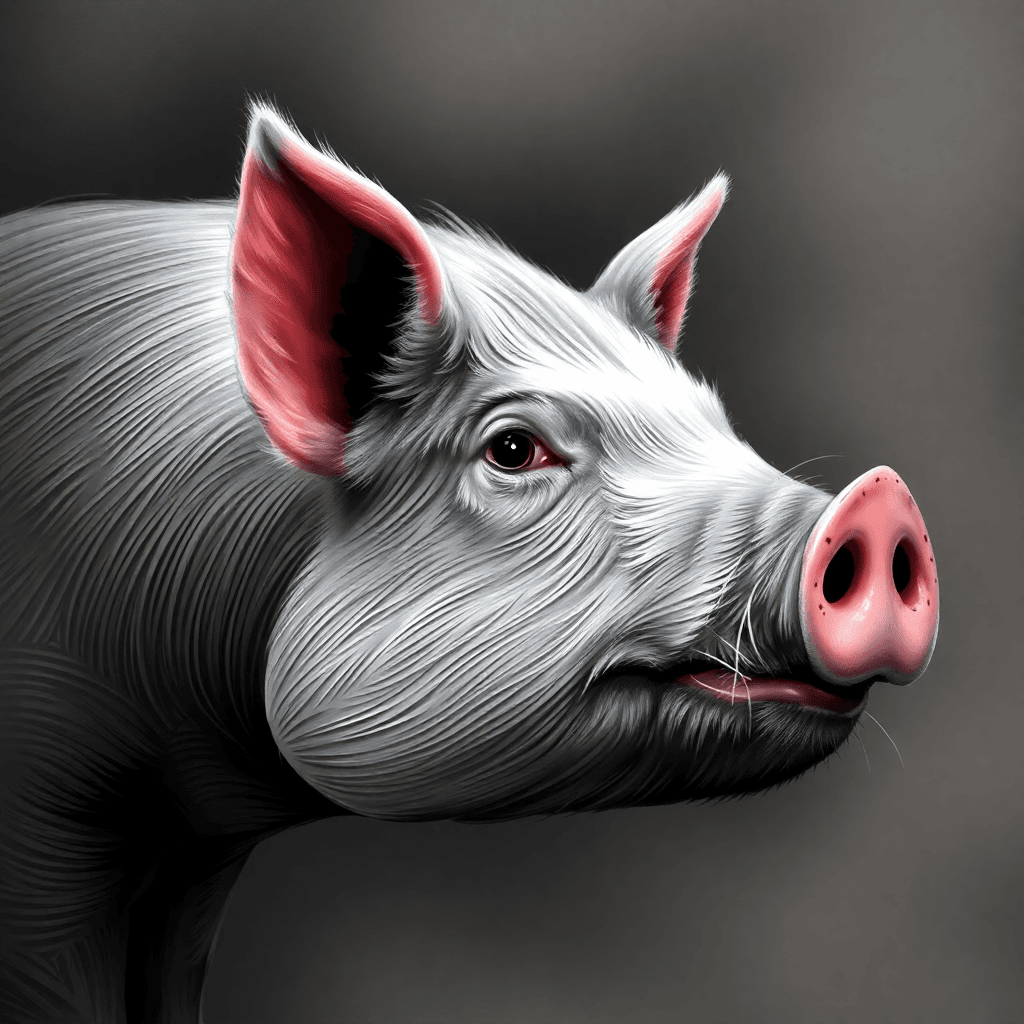Equine Infectious Anemia

Introduction to Equine Infectious Anemia
Equine Infectious Anemia (EIA) is a viral disease that poses significant risks to horses, donkeys, and mules. Commonly referred to as swamp fever, this disease can lead to severe health complications. Understanding EIA is crucial for horse owners and caretakers. This article explores the disease’s characteristics, symptoms, diagnosis, and prevention strategies.
What Causes Equine Infectious Anemia?
EIA is caused by the Equine Infectious Anemia Virus (EIAV). This virus belongs to the retrovirus family. It primarily spreads through blood-feeding insects like horseflies and deer flies. These insects can transfer the virus from an infected animal to a healthy one during feeding.
Transmission of EIA
The transmission of EIA can occur in several ways:
- Insect Bites: Blood-feeding insects are the main vectors.
- Contaminated Equipment: Sharing needles or surgical tools can spread the virus.
- Blood Transfusions: Using contaminated blood products can also pose a risk.
For more detailed information on how EIA spreads, you can refer to the American Association of Equine Practitioners.
Clinical Manifestations of EIA
EIA can manifest in various forms. The clinical presentation often depends on the stage of the disease.
Acute Phase
During the acute phase, horses may exhibit severe symptoms:
- High fever
- Severe weight loss
- Depression
- Anemia
This phase can be life-threatening if not addressed promptly.
Chronic Phase
In the chronic phase, infected horses may show intermittent symptoms or remain asymptomatic for long periods. However, they still carry the virus. This makes it challenging to identify carriers without regular testing.
Inapparent Carriers
Some horses become inapparent carriers of EIA. They do not show any clinical signs but can still transmit the virus. Regular testing is essential to identify these animals.
For more information on the clinical signs of EIA, visit the Centers for Disease Control and Prevention.
Symptoms of Equine Infectious Anemia
Recognizing the symptoms of EIA is vital for early intervention. Common clinical signs include:
Physical Symptoms
- Anorexia: Loss of appetite is common.
- Depression: Infected horses often show lethargy.
- Weight Loss: Significant weight loss occurs over time.
- Intermittent Fever: Horses may experience fluctuating body temperatures.
Other Symptoms
- Jaundice: Yellowing of the skin and mucous membranes.
- Swelling: Swelling in extremities or underbelly may occur.
If you notice these symptoms in your horse, consult a veterinarian immediately.
Diagnosis of EIA
Diagnosing EIA involves specific blood tests. The most common test used is the Coggins test. This test detects antibodies against EIAV in the horse’s blood.
Importance of Testing
Regular testing is crucial for controlling the spread of EIA. Many regions require a negative Coggins test for horses participating in shows or competitions. This requirement helps prevent outbreaks and protects equine health.
For more information on testing protocols, check out the United States Department of Agriculture.
Treatment Options for EIA
Currently, there is no cure or vaccine for EIA. Treatment options are limited and focus primarily on managing symptoms. Infected horses often face strict quarantine measures to prevent further transmission.
Management Strategies
- Isolation: Infected animals should be isolated from healthy ones.
- Euthanasia: In severe cases or when management is not feasible, euthanasia may be considered.
- Supportive Care: Providing supportive care can help manage symptoms but does not cure the disease.
It’s essential to work closely with a veterinarian to determine the best course of action for infected animals.
Prevention Strategies for EIA
Preventing EIA is crucial for maintaining equine health within communities. Here are some effective strategies:
Regular Testing
Regular testing helps identify infected animals early. Ensure that all horses undergo routine Coggins testing as part of their health management plan.
Quarantine Measures
Quarantine any new arrivals or suspected cases immediately. This helps prevent potential outbreaks within your herd.
Avoid Sharing Equipment
Do not share needles or surgical equipment between animals. Always use sterile equipment during medical procedures.
Insect Control
Implementing effective insect control measures can significantly reduce transmission risks:
- Use fly repellents.
- Maintain clean environments to minimize insect breeding grounds.
For more tips on insect control, visit the University of Kentucky College of Agriculture.
Conclusion
Equine Infectious Anemia (EIA), or swamp fever, is a serious viral disease that requires attention from horse owners and caretakers alike. Understanding its causes, symptoms, diagnosis, and prevention strategies plays a vital role in safeguarding equine health.
By implementing regular testing and effective management practices, you can help protect your horses from this potentially devastating disease. Always consult with veterinary professionals for guidance tailored to your specific situation.
For more pearls of Vets Wisdom:
The Full-Sib Method in Livestock Breeding





Responses